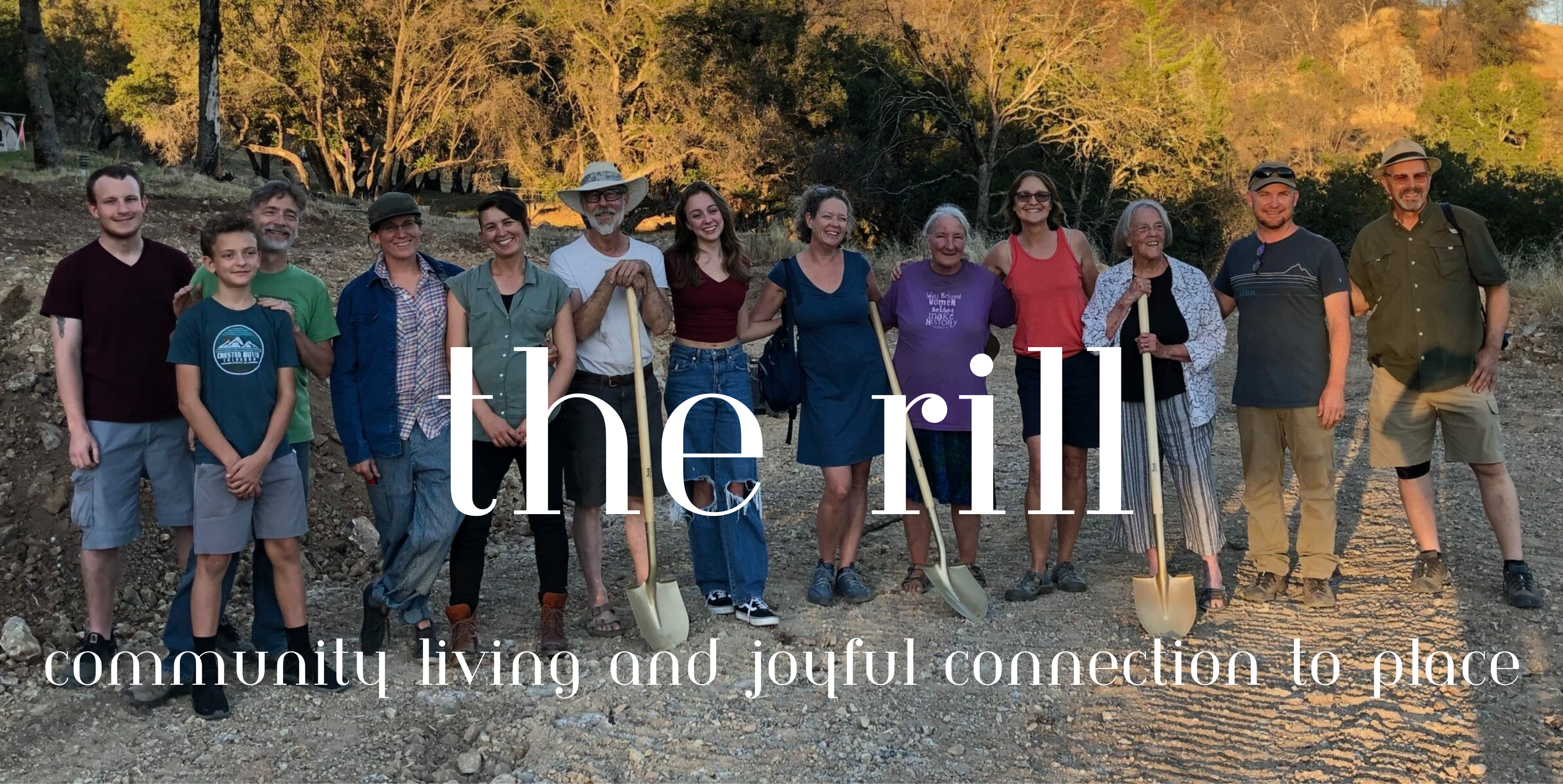One year after the fire This morning dawned at Monan’s Rill with a few pink clouds in a clear blue sky. As the sun rose, drops of yesterday’s rain still dripped from oak leaves, and clung to the tips of…
Post-fire ecology and future prescribed burns
Post-fire ecology and future prescribed burns: A visit with Fire Forward We had the good fortune to spend a morning with the team from Audubon Canyon Ranch’s Fire Forward program —Dr. Sasha Berleman, Brian Peterson, and Garrett Gradillas — walking the…
Goodbye to the Structures of Our Lives
Goodbye to the Structures of Our Lives Just two weeks ago, seven months after the Glass Fire, excavators finally arrived at the Rill to clear away our burn debris – the remains of our homes, barn, community toy shed, wood…
Savoring Spring In So Many Ways
Spring at the Rill has been lively! We’ve been able to watch the lush recovery of our land in real time. Birdlife, fungi, lizards and snakes, jackrabbits, new fawns, oak shoots, stump-sprouting toyon and madrone, honeybees (finally), and the flowers.…
The Promise of Oak Restoration
The Promise of Oak Restoration One of the hardest things about this fire has been its impact on the trees. Yes, those of us who lost homes are grieving our homes, in our different ways. But we all share in…
